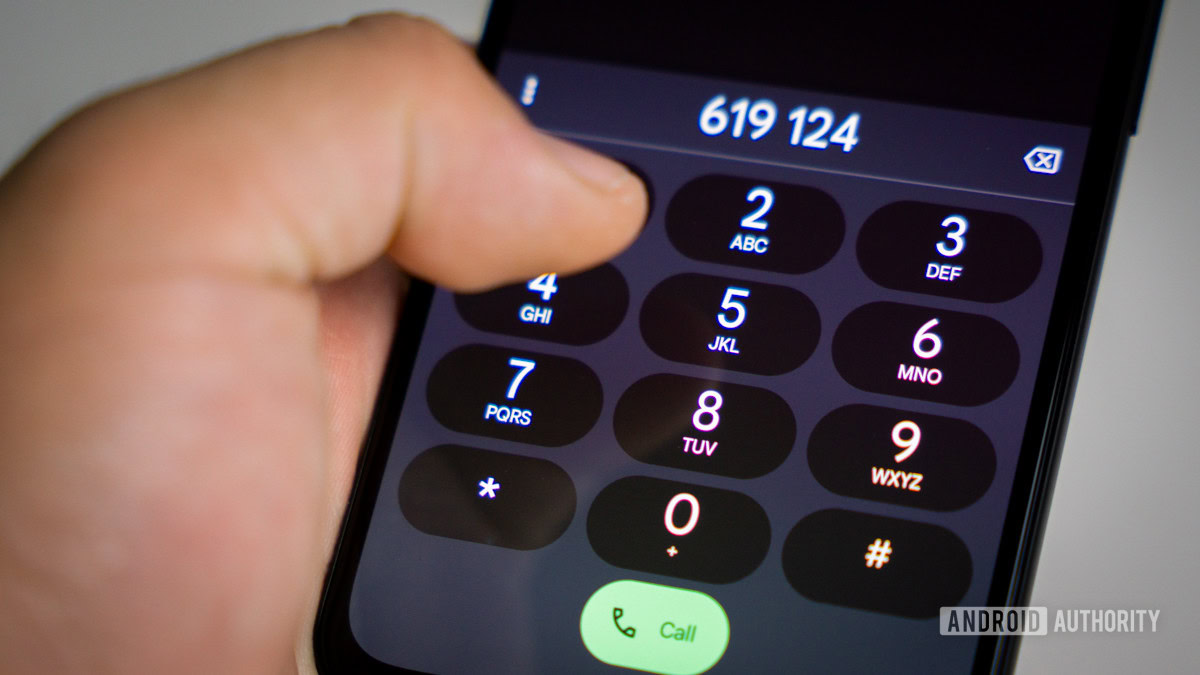With few changes to its TPU inside the latest Tensor G4 processor, one way Google intends to improve AI performance in the Pixel 9 series is to dedicate a portion of the phone’s bigger RAM pool directly to its latest AI features. Well, at least for the Pro models. Google has told us it partitions up RAM in the new Pro, Pro XL, and Pro Fold, but just how much is locked away?
To find out, I grabbed adb, enabled USB debugging, and snagged readouts of the phone’s RAM state, looking at both the available memory setup and how much RAM is actively being used by apps and services while not running any AI features.
If you want the TLDR, here are the results of my investigation:
- Pixel 8 Pro — No AI RAM partition
- Pixel 9 — No AI RAM partition
- Pixel 9 Pro XL —2.64GB reserved for AI
Presumably, the Pixel 9 Pro and Pixel 9 Pro Fold lock out RAM in the same manner as the XL.
How much RAM does the Pixel 9 Pro use for AI?
Ryan Haines / Android Authority
If you’re interested in how I figured this out, I started by looking at how the RAM is configured on Google’s recent Pixels. To compare, I eyeballed readouts across the Pixel 9 series and last year’s Pixel 8 Pro — Google’s previous AI flagship. For reserved memory, we’re looking specifically for space dedicated to what Linux calls Unevictable and MLocked RAM, which is rarely, if ever, used by regular apps because it prevents RAM reclamation.
Unevictable space in RAM works exactly like how it sounds; it can’t be evicted and reclaimed by RAM management tasks or pushed to swap space on the storage disc when memory starts running out. This is important for AI because it needs to run in fast RAM rather than slow storage. In addition, MLocked RAM denotes space that an application or service has specifically requested as locked exclusively for its use. All Mlocked memory is unevictable, but not all unevictable memory is Mlocked, so by checking for both, we’re seeing if the entire pool is dedicated to apps/services.
On the Pixel 8 Pro and Pixel 9, we note just 0.26GB (275,336KiB) of locked RAM (forgive the clunky math; Linux provides kB data in the classic 1,024 bits format), a very small amount most likely used for some background tasks in the OS. However, on the Pixel 9 Pro XL, this leaps to 2.91GB (3,051,936KiB) of Unevictable and Mlocked RAM. Subtract out the Unevictable RAM from the Pixel 9, and there’s an extra 2.64GB (2,776,603KiB) reserved on the Pro models. The Mlocked nature of the reservation highlights that an application or service has requested the RAM, so that’s our next port of call.
The largest running application on an idle Pixel 8 Pro and Pixel 9 is the system, which occupies a very similar 0.73GB on both handsets. On the Pixel 9 Pro, however, the AICore process sits at the top, even while not using any AI features. This means that AICore is preloaded into RAM and ready to go at all times, ensuring maximum responsiveness. It’s allocated 2.72GB of RAM, followed by the edgetpu_app_service on 2.63GB, and the system occupies its familiar 0.75GB or so of RAM.
Google’s AICore application was introduced in Android 14 and handles model management, runtimes, safety features, and other aspects of Gemini Nano. However, this app appears to be a little too large to fit into the additional MLocked RAM (though it’s hard to know definitively when comparing readouts from different devices). It’s likely that parts of AICore, such as UI elements, user data, and other minor aspects of the application, don’t need to be preserved in RAM at all times.
Pro models lock 3GB RAM exclusively for AICore and the Tensor's TPU.
Instead, the slightly smaller edgeTPU service — which manages the Tensor G4’s AI hardware — appears to be locking out the RAM, as the service fits almost exactly into the extra reserved space on the Pro models. My best guess is that the two are mostly mapped to the same address space, with AICore placing its model and user data into RAM space accessible by the TPU service, allowing Google’s AI processor to perform computations without duplicating memory. This would explain their similar memory footprint, yet just under 3GB of reserved RAM in total. Either way, these services appear to be two sides of the same coin: AICore handles user data, and EdgeTPU the hardware.
What does locked RAM mean for my Pixel 9?
C. Scott Brown / Android Authority
The obvious benefit of the reserved RAM approach is that the Pixel 9 Pro, 9 Pro XL, and 9 Pro Fold leverage their colossal 16GB of RAM to ensure a top-class AI experience. With AICore loaded in RAM constantly and the TPU knowing exactly where to look, interactions and responses are as snappy as possible. There’s no time wasted loading the application from storage, and dedicating RAM specifically to AI features ensures they’ll always run flawlessly, even when running other RAM-intensive applications. Booting up games won’t knock Gemini features from their perch.
Locking RAM ensures responsiveness but is wasted if you never use Google's AI.
By contrast, the older Pixel 8 series and affordable Pixel 9 will take longer to load up AI features for the first time, might not always feel as responsive, and could, in rare instances of limited free RAM, suffer slowdowns as AICore fights for memory with other apps. This is unlikely to happen with 12GB of RAM onboard the new Pixel 9 (we clocked over 7GB free on a fresh boot), but heavy multitaskers are the most at risk of running into issues. Still, the experience is unlikely to be noticeably different when AICore is loaded up with plenty of RAM to spare, which will be the case most of the time.
Of course, if you never or rarely intend to use Google’s latest AI features, the Pixel 9 Pro series is essentially wasting nearly 3GB of RAM on AI you’ll never use. After the AI reservation, these phones have effectively 13GB of RAM for general apps and games. That’s still plenty for virtually everything you can throw at a modern smartphone anyway, but barely an upgrade on last year’s 12GB Pixel 8 Pro. Something for gamers and heavy multitaskers who don’t intend to use AI to keep in mind.

Google Pixel 9 Pro
All Pro, reasonable size
High-quality display
Seven years of software support

Google Pixel 9 Pro XL
The best specs in the Pixel 9 series
Gorgeous display
Seven years of software updates

Google Pixel 9 Pro Fold
Improved design
8-inch folding display
Seven years of software updates








 English (US) ·
English (US) ·